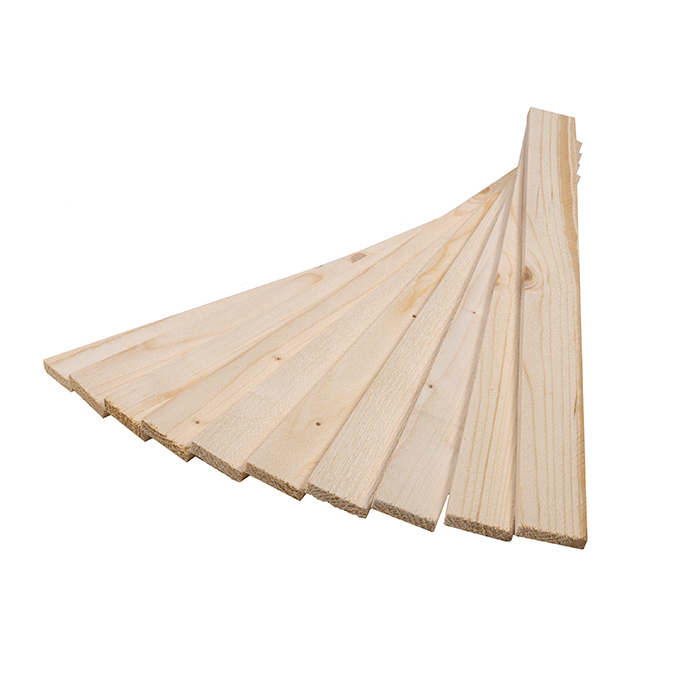
A Handprint Guide to Drilling + Driving
Posted by The Handprint Team
You took the plunge and bought a shiny new battery-powered drill driver. Congratulations! Because at the center of most great projects is a drill bit and a screw — making the drill driver a must-have for makers.
Luckily, there are YouTube videos for days that explain a drill's basic functions and operation. That's not what you'll read here. These are the answers to lots of little questions — good-to-know things new tool users usually don't about drilling and driving fasteners.
A Little About Your Drill
If you did your research with us, you're most likely looking for information about drill drivers — cordless power drills designed for both drilling holes and driving fasteners. The most important feature is its variable speed — high for drilling, low for driving.
A Lot About Your Bits
How to choose the correct bit for your drill and project material:
-
A basic, reasonably small set of 10-14 standard twist bits and 6ish spade bits will meet the needs of most beginner to intermediate makers. You'll probably find that you use the same 2-3 bits over and over anyway.
-
Pick the correct bit size for your drill, as determined by the size of your drill's chuck. [Beginner sidebar: The chuck is the part on the front of the drill that opens and closes around the end of the bit (the shank), locking it securely into place.] Most standard drill drivers have a 3/8" chuck, but drivers built for lighter or heavier use may have smaller (1/4") or larger (1/2") chucks. You can use any bits that are the same size or smaller than your drill's chuck.
-
Choose the right bits for your project material. For example, you might want to look for bits designed specifically for wood. Titanium-coated wood drill bits last longest and often feature a brad point and beveled edges for cleaner, more precise holes.
-
Decide how much you want to spend. Do a little research on which brands and sets are rated highest in your price range. Quality matters with bits, so paying a little more for a higher-quality set is worth it. Otherwise, in the long run, you may end up spending more to continually replace broken ones.
How to Choose the Correct Bit for the Fastener you're Using
First, drilling pilot holes is the best way to ensure your wood won't crack or split while fastening. But which bit?
-
For a screw, start by choosing any bit that looks even close to its size. Next, align the bit’s shaft with the screw’s shaft and compare widths. Do not include the screw threads in your comparison. Try out different bits until you find the one with the shaft that best matches the screw — without hiding any of its threads. This bit will allow the screw you’re using to deliver the strongest holding power.
-
When using your drill driver to wall-mount projects, try to find a stud to drill into. If this isn’t possible, use an anchor for added support. Fortunately, choosing the right bit for an anchor is exactly the same as choosing one for a screw. The bit should be the same width as the body of the anchor.
-
For best nail-holding power, choose a bit with a shaft that’s slightly smaller than the shaft of your nail. This ensures it’ll drive straight and smooth but fit good and tight.
Best Practices for Drilling
Prep
Drilling pilot holes and countersinking holes are two of the most common uses for your drill. Start by creating an indent where you want the center of your hole to be using a punch or nail, then tape an "X" over the indent with painter's tape. The tape helps reinforce the fibers at the hole's edge and offers added protection against splits and frays.
Clamp it
The proper way to hold a drill is in your dominant hand with your other hand steadying it from the top, offering added control. This means you have no hands left to hold your workpiece. Use a vice or a clamp to hold it steady and keep it from moving.
Start slow
-
Feel through the tape for the indent and place the point of your bit straight down onto it. This little divot helps keep the tip of your bit from sliding or skittering away from its intended starting point.
-
With your drill set on high and the bit at a 90-degree angle to your work, slightly pull the trigger — called feathering — then slowly begin applying even pressure. Increase your speed as you feel more comfortable.
Never force it
Counterintuitively, you'll slow yourself down if you break the #1 rule of drilling: Never force your drill. You'll know you are if it slows down and noisily complains. And while you may think you'll quicken your process, you'll likely just break lots of bits. Too much pressure also dulls bits more quickly, increasing the chances you'll apply even more pressure to compensate.
You don't need to put the drill driver in reverse to back it out
This is really one of the most helpful things anyone could tell a beginner, and it often comes as a revelation. Without releasing pressure on the trigger, simply switch from a forward motion to gently pulling backwards. Your bit will come right out while simultaneously smoothing the inside and outer edges of the hole you made.
Use tape as a depth marker
Sometimes you need to stop yourself from drilling all the way through a piece of wood. When this happens, wrap a piece of painter's tape around the bit to mark where you want to stop.
As you get closer to the other side, slow down
The faster your bit is spinning when it breaks through the other side, the more ragged or chipped the exit hole can be. So while you want to drill quickly for the cleanest holes, slow up and reverse out just as the point of your bit barely pierces through. Turn your piece over and place the point of your bit on the pierced spot and finish drilling your hole. This method will produce the smoothest results on both sides. It's also an excellent application for the tape-on-the-bit trick, helping you stop before going all the way through.
Use scrap to practice drilling at a right angle or use a drill guide
It's important -- but sometimes challenging -- to drill holes at the ideal right angle. However, many drill drivers now have a level cleverly integrated into their design. Or, guides are available for purchase. When a bit is inserted through a guide, it's properly aligned at a 90-degree angle, helping prevent broken bits.
Gradually step-up bit sizes when drilling a large hole into hardwood
Sometimes when trying to drill a pilot hole into hardwood, creating the size you need on the first try is too much to ask. Instead, drill a series of holes that expand the diameter until you achieve the size you need.
If your pilot hole is too small, reverse out + choose a bigger bit
Simply redrill the same hole with the next bigger bit. And don't look at it as a bad thing. If you're unsure which bit to choose, a hole that's too small is far easier to fix than a hole that's too big.
If your pilot hole is too big, repair it + start over in a new location
Spackle is your friend, but experience is your teacher. Err on the side of drilling a too-small pilot hole before you create a problem that needs to be fixed before you can go on.
Final Thoughts
While this is only a partial list of all the drill driver DOs and DON'Ts, we hope you learned a few things or picked up a new tip to try the next time you reach for your fabulous new drill driver.
Tips:
When things get too hot, slow it down
Things get hot when a drill really gets going. Heat is generated when wood flakes get packed into the bit's flutes. And the hotter it gets, the faster your bit will dull. That's why you want to stop every inch or so to pull out, blow or wipe the debris from your bit, and let it cool for a few seconds. Especially when drilling into hardwood.
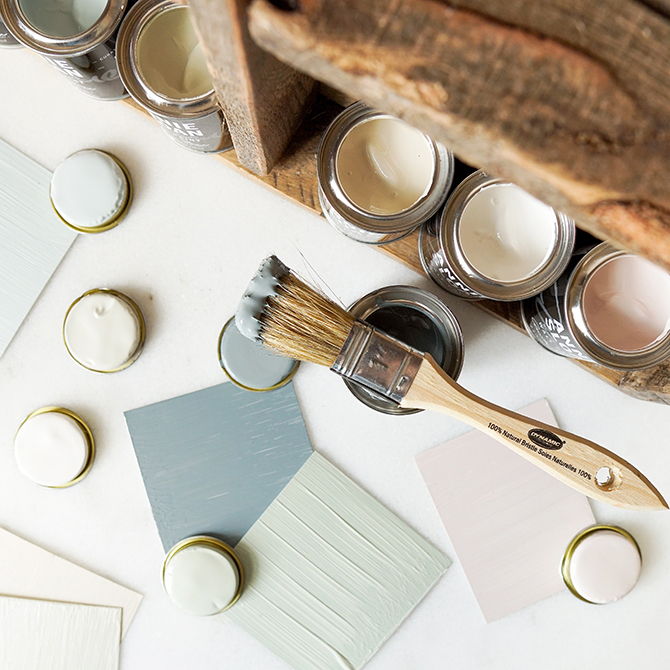
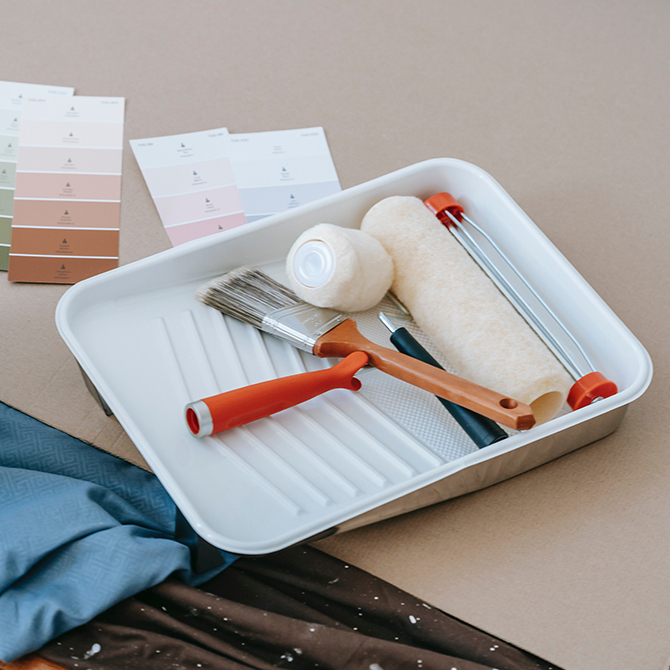
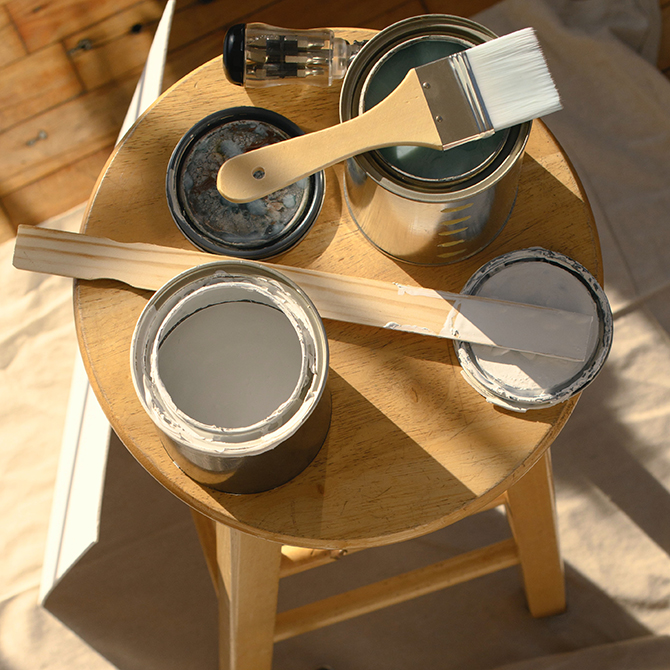
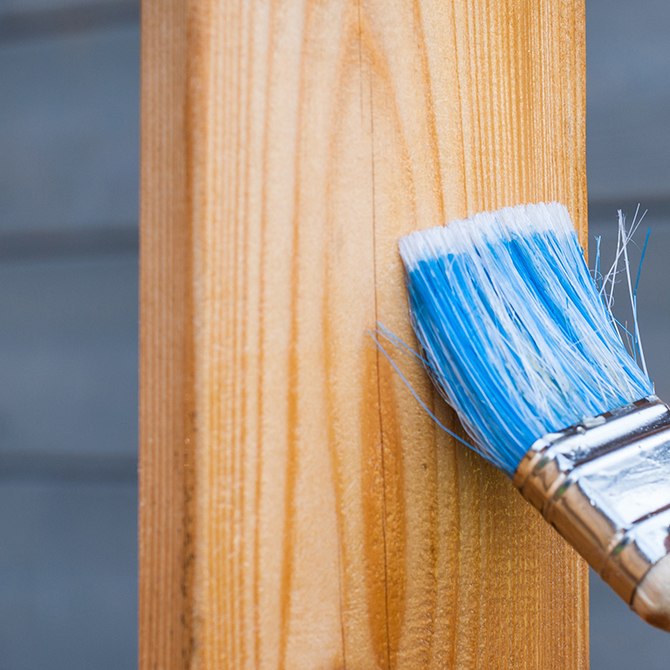
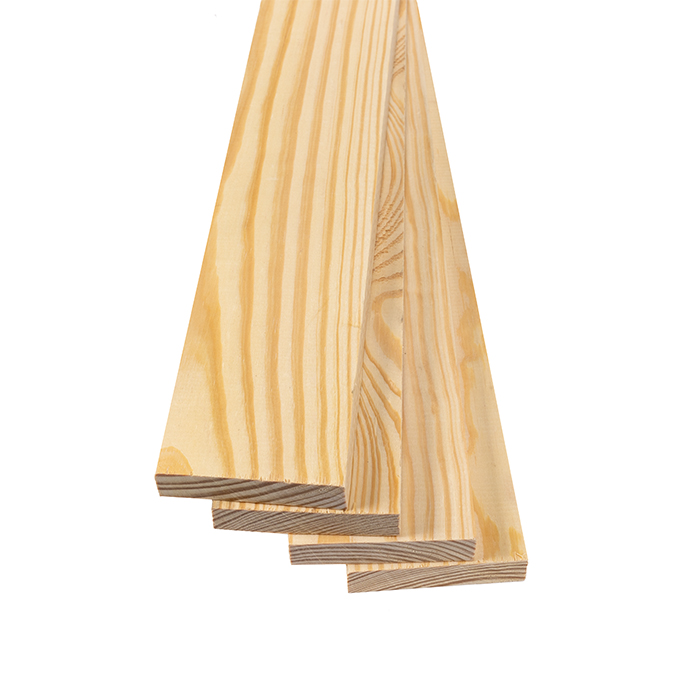
.jpg?h=680&iar=0&w=680&sc_lang=en&hash=D9C67B1465C0EC9F6C66F9DC322DC3F3)
